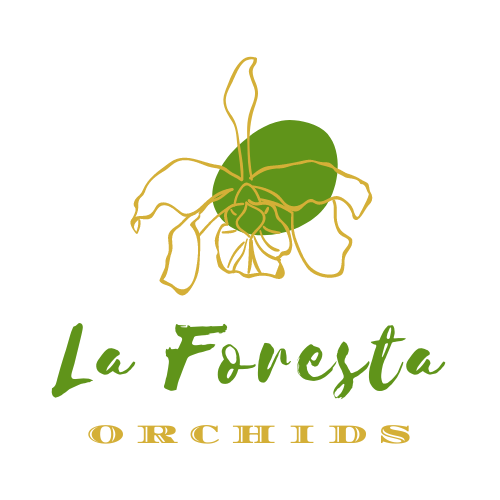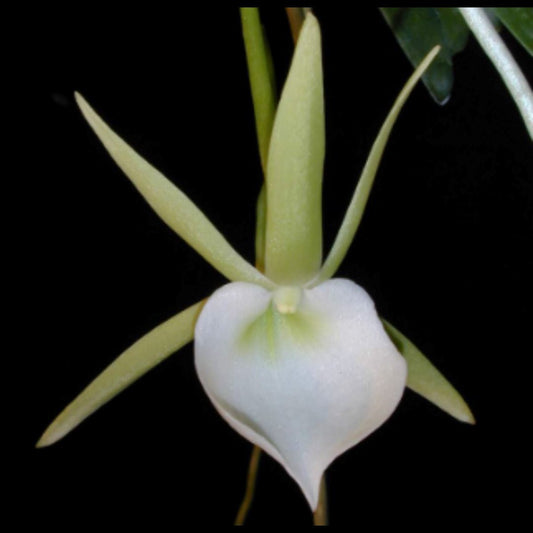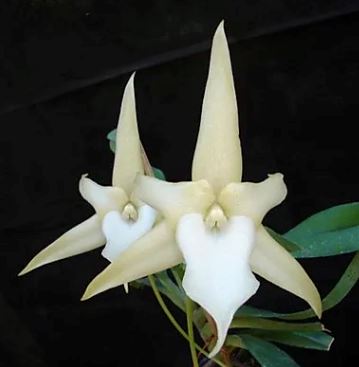
Jewel Orchids: A Closer Look at Ludisia and Its Stunning Relatives
Share
Jewel Orchids, celebrated for their exquisite foliage, stand out as a unique exception among orchids. These plants are cultivated primarily for their leaves rather than their flowers, with their intricate patterns resembling a burgundy velvet masterpiece delicately adorned with red and gold veins. In this blog, we'll delve into the Ludisia genus, focusing on Ludisia discolor, the most common Jewel Orchid, and explore its fascinating relatives – Anoectochilus, Goodyera, and Macodes.
The Jewel Orchid genus comprises Ludisia, Anoectochilus, Goodyera, and Macodes. Ludisia, with its captivating leaves, takes center stage, while the other genera contribute their unique charm and characteristics to the orchid family.
Ludisia: The Indonesian Gem Ludisia discolor, also known as Haemaria discolor, is the most prevalent Jewel Orchid and hails from Indonesia and Burma. Often mistaken for a decorative houseplant, Ludisia discolor boasts small, white flowers with yellow columns, devoid of fragrance but lasting for 2 to 3 weeks. To care for Ludisia discolor, maintain moist but not waterlogged soil, preventing root rot. Given their creeping nature, these orchids thrive in terrariums. Preserving the rich, dark color of their leaves involves avoiding excessive light. Consider using live Sphagnum and a terrarium setup for optimal growth.
Anoectochilus: A Medicinal Marvel The Anoectochilus genus, comprising up to forty species found across Asia and the Pacific islands, was historically used in China for medicinal purposes. Studies suggest potential benefits such as anti-inflammatory, fever-relief, and anti-depression properties, showcasing the versatility of these remarkable plants.
Goodyera: The Rattlesnake Plantains Goodyera, often referred to as "Rattlesnake Plantains," features approximately twenty-five species with leaves resembling reptile skin. Goodyera pubescens, one of the most common orchids in the United States, displays wintergreen leaves and distinctive inflorescence with over 40 blooms.
Macodes: Rare Beauties The Macodes genus, encompassing seven to ten species distributed across Southeast Asia, is strikingly similar to Ludisia but distinguished by its flower's unique lip. Though rare in collections, these orchids add a touch of rarity and elegance to any enthusiast's repertoire.
Cultivation Tips for Jewel Orchids:
- Rich, humus-filled soil mimics their natural habitat.
- Humidity levels of 70% to 80%, low light (1000-1500 fc), and temperatures between 60-65 oF (16 c-18 oC) at night and 70-80 oF (21 oC-27 oC) during the day are ideal.
- Fertilize sparingly due to their preference for low light conditions.
- Terrariums or rooms with high humidity, like bathrooms or kitchens, provide an excellent environment for these slow-growing orchids.
- To propagate Jewel Orchids, take cuttings of the fleshy rhizomes and place them in moist soil, Sphagnum moss, or water. Patience is key, as it may take several weeks for the new roots to form.
In conclusion, Jewel Orchids, with Ludisia at the forefront, offer orchid enthusiasts a captivating journey into the world of unique foliage and intriguing histories. Whether cultivating Ludisia discolor or exploring its relatives, these orchids bring a touch of elegance and charm to any indoor garden.








